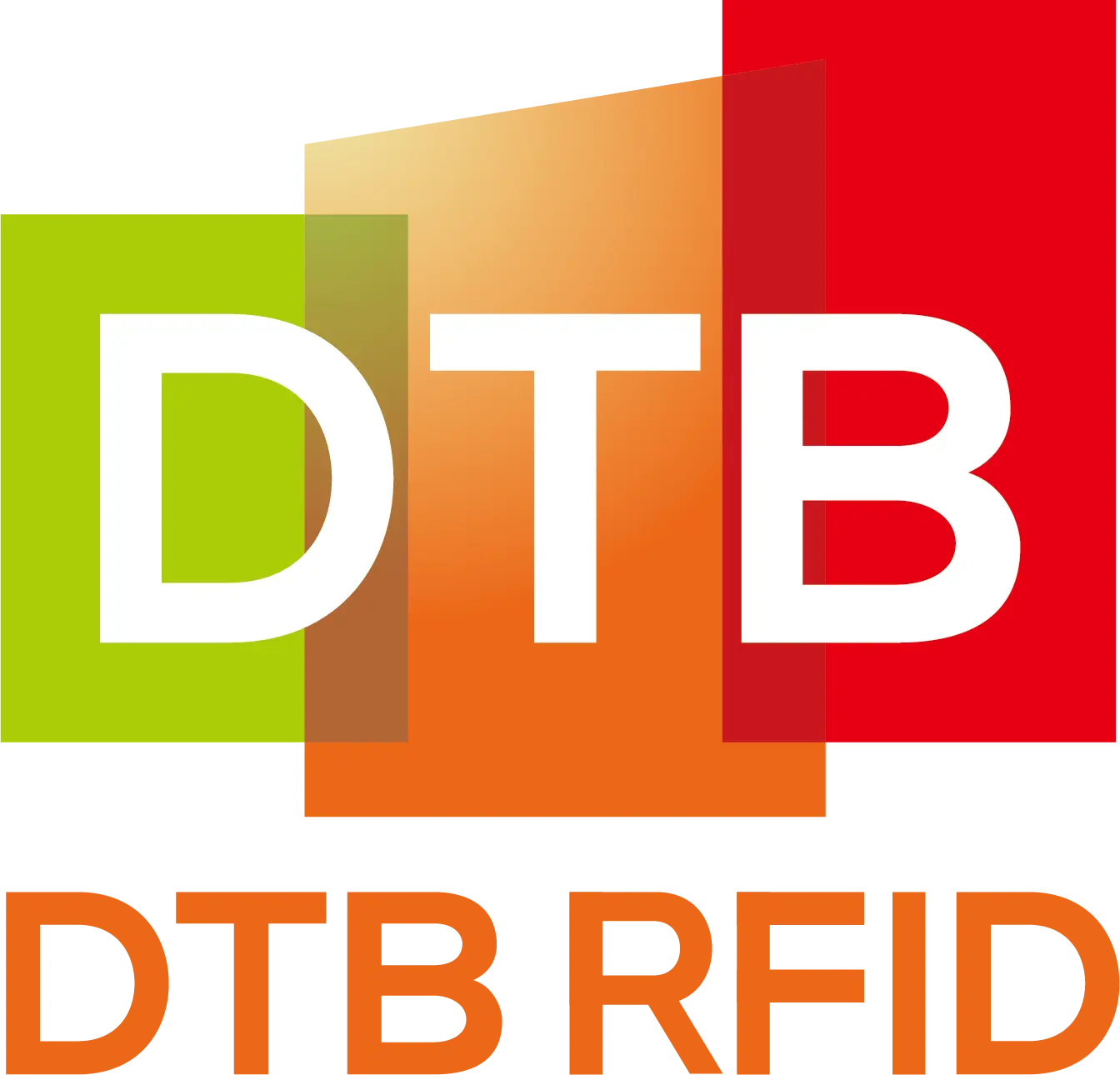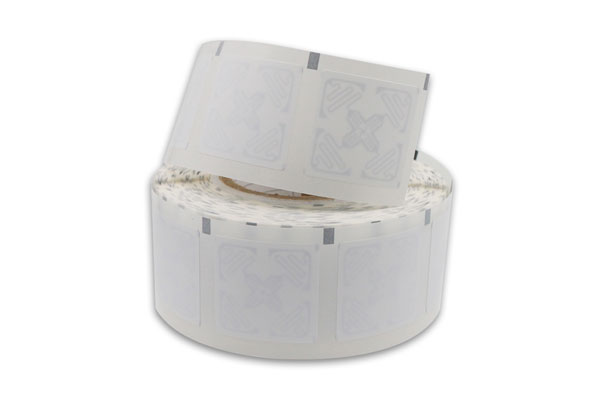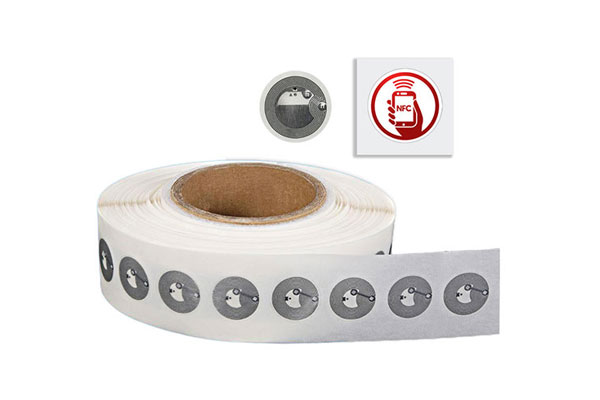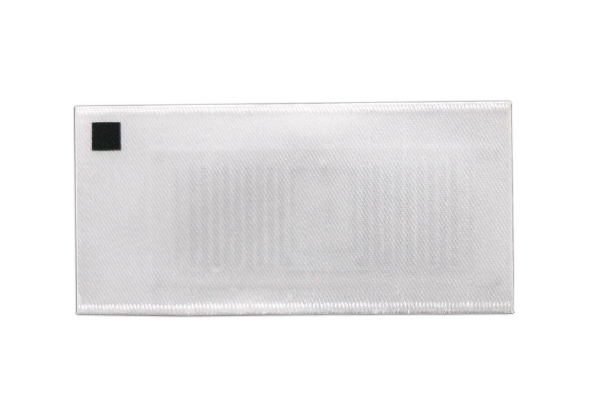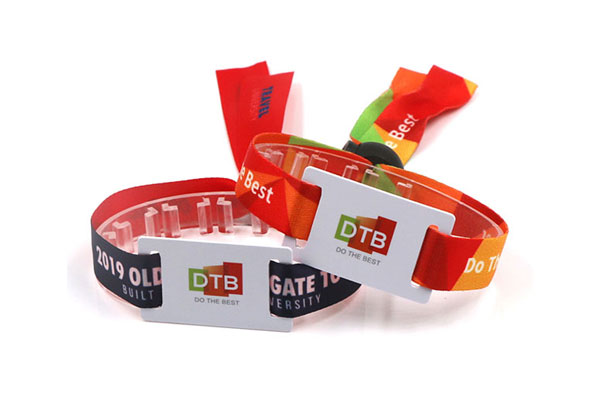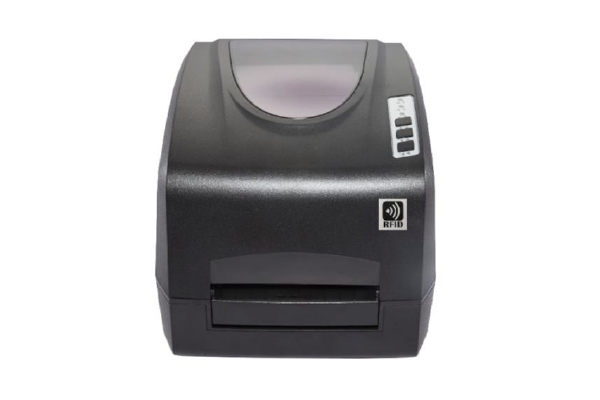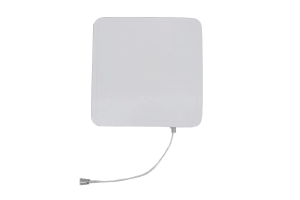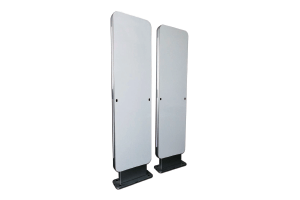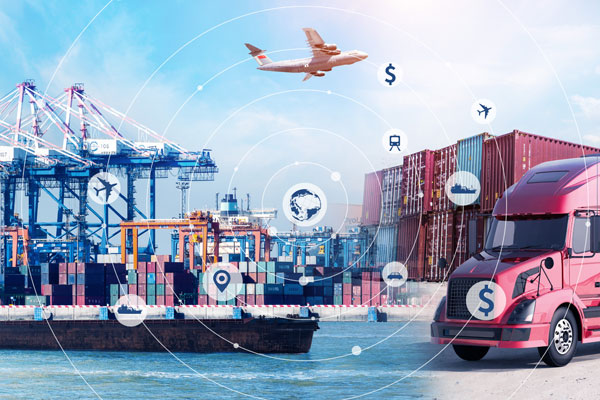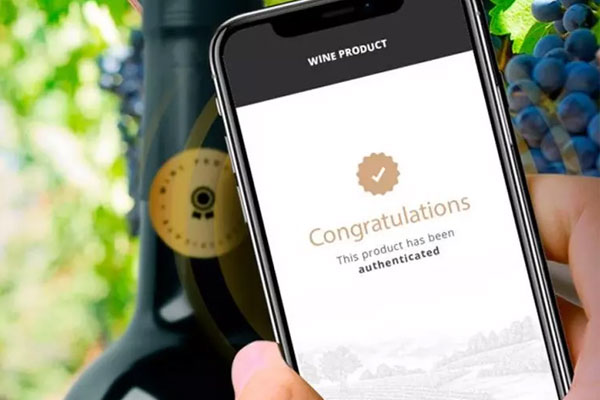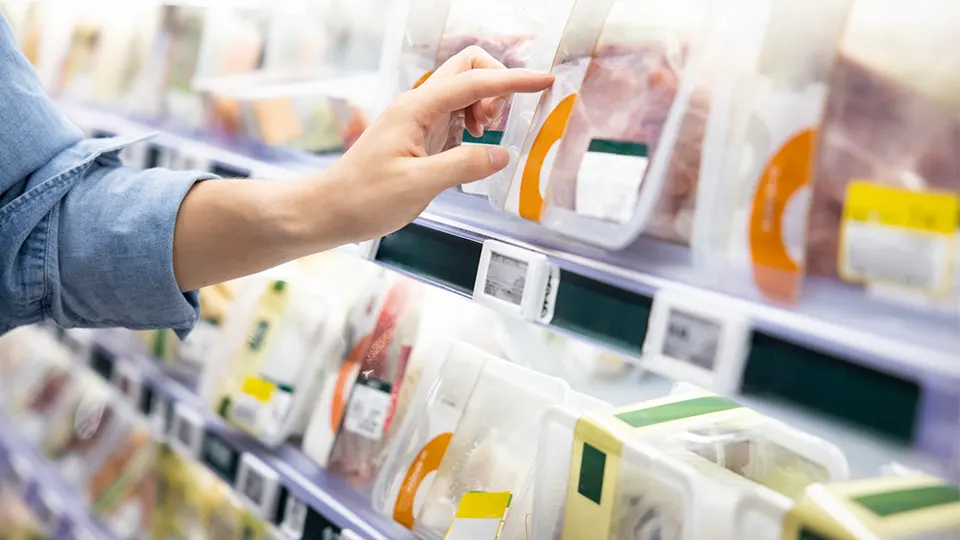The Urgency for Full-Chain Food Traceability
In a world increasingly concerned with food safety, sustainability, and supply chain accountability, full-chain traceability is no longer a luxury—it’s a necessity. Food recalls, contamination scares, and fraudulent labeling have shaken consumer trust. At the same time, new regulations and globalized trade demand that producers, suppliers, and retailers track the origin, handling, and movement of food across every layer of the supply chain.
This is where RFID (Radio Frequency Identification) shines. While traditional barcodes offer some level of traceability, they’re limited by manual scanning and visibility gaps. RFID tags, which can be read wirelessly and in bulk, unlock new possibilities for automating food tracking with precision—down to the individual crate, bag, or unit of produce.
RFID is not just about logistics; it’s about creating a living data trail from each warehouse, every vehicle, each crate, and every bag of food—one that remains intact all the way to the consumer’s table. Let’s explore how RFID enables this, layer by layer, reshaping the future of food integrity and supply chain transparency.
Warehouse-Level Visibility: Real-Time Inventory and Cold Chain Monitoring
At the top layer of the food distribution chain, warehouses act as central hubs. These may be regional distribution centers for supermarkets or cold storage facilities for seafood, meat, or dairy. With RFID, these hubs become intelligent environments where every pallet, carton, or item can be automatically tracked as it enters or exits the facility.
RFID readers installed at dock doors scan tags in bulk as shipments arrive. Pallets or containers equipped with RFID tags instantly register into warehouse management systems, updating stock counts and storage location records. This eliminates manual checks and reduces errors caused by mislabeling or misplaced items.
For perishable goods, RFID tags can include temperature sensors or integrate with IoT-enabled cold chain monitors. These solutions detect whether items were stored within safe temperature thresholds during transit or storage. If a refrigeration unit fails or a truck door is left open, an alert can be triggered in real time—before food spoilage becomes a liability.
Additionally, RFID enhances batch tracking. Every item can be traced back to its supplier, harvest date, or production line. If a recall is necessary, affected products can be pinpointed and removed quickly, rather than entire batches being discarded blindly. This precision not only ensures safety but significantly reduces waste.
Vehicle-Level Tracking: Smart Logistics in Motion
Once food leaves the warehouse, RFID continues to maintain traceability throughout the distribution journey. Delivery trucks, refrigerated vans, and cargo trains become mobile checkpoints—each capable of logging real-time movements and environmental conditions of their cargo.
Each vehicle is equipped with RFID readers that automatically detect tagged crates, boxes, or bins loaded onto it. The system verifies that the right cargo is being transported on the correct route and can send alerts if any items are missing or unauthorized. GPS integration with RFID systems allows logistics managers to monitor both location and content in one interface.
In cold-chain logistics, RFID tags can work alongside temperature and humidity sensors to log environmental data throughout the trip. If milk, for example, is exposed to unsafe temperatures during a highway delay, that specific batch can be flagged and diverted before reaching a store shelf.
Vehicle-based RFID systems also streamline delivery confirmations. Upon reaching a retail store or restaurant, the onboard reader scans the offloaded tags and automatically reconciles delivery records. This not only reduces disputes between vendors and buyers but also enables automatic billing and inventory updates at the destination.
Moreover, for high-value or time-sensitive items such as organic produce, imported seafood, or specialty ingredients, RFID’s tamper-proof trail helps verify provenance, reinforcing consumer trust in product labels like “farm-to-table” or “locally sourced.”
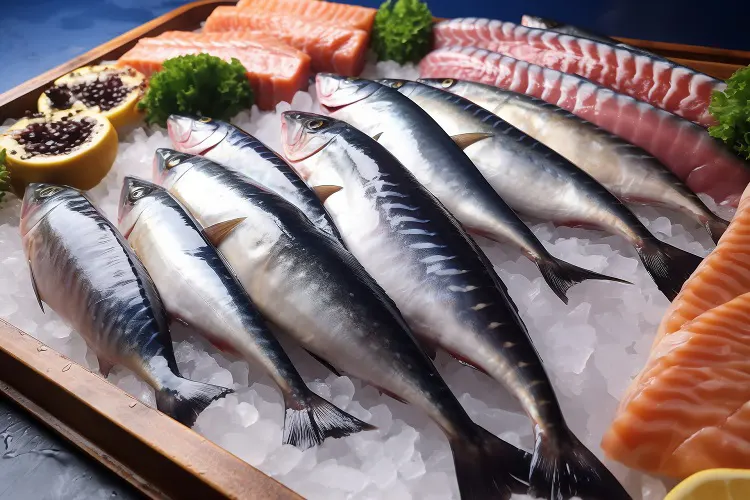
Crate and Container-Level Control: Precision in Packing and Handling
Within each vehicle or warehouse lies another crucial layer: the containers or crates used to transport food. These may be plastic bins of lettuce, mesh crates of oranges, meat trays, or egg cartons. RFID tags on these units enable granular tracking and optimize operations at the handling level.
These container-level tags allow businesses to track how often crates are reused, which products they carry, and when they need cleaning or maintenance. This is particularly important for reusable packaging systems, which are becoming popular in sustainable food distribution.
At food processing facilities, RFID tags help ensure that the correct ingredients or components are used at each production stage. For example, in a meat packing plant, RFID can confirm that a specific carcass was processed in accordance with halal or kosher standards and ensure that it doesn’t mix with non-compliant inventory.
In fresh produce packing houses, crates tagged with RFID can link the produce directly to harvest location, field number, time of picking, and even the name of the farm worker—data that later supports organic certification or fair-trade verification.
Crate-level RFID also improves load planning. With real-time data on what’s in each container and where it’s headed, logistics systems can optimize vehicle space, reduce delivery errors, and even minimize the time food spends outside controlled environments.
Item-Level and Consumer-Facing Applications: Every Bag, Every Bite
At the finest level of traceability is the individual food item or packaging unit—whether it’s a bag of rice, a pack of strawberries, a bottle of juice, or a vacuum-sealed cut of beef. While item-level RFID tagging is more common in high-value goods today, declining tag costs are opening the door for broader applications in mainstream groceries.
For packaged foods, RFID tags embedded in labels or packaging films can carry information such as batch numbers, expiry dates, nutritional content, and allergen warnings. These tags can be scanned at checkout, enabling faster, more accurate transactions. They can also enable automated shelf replenishment, by signaling store systems when an item is picked or removed from inventory.
In self-service retail formats like smart fridges or unmanned convenience stores, RFID allows items to be automatically recognized and charged as customers walk out—enabling checkout-free shopping.
On the consumer end, scanning an RFID tag via smartphone or kiosk can provide traceability transparency—showing where the food was grown, processed, packed, and transported. This is particularly valuable for health-conscious, eco-minded, or ethically driven buyers.
RFID tags can also integrate with loyalty programs, smart recipes, or freshness reminders, enriching the post-purchase experience. For example, a bag of salad greens might trigger a reminder if not consumed within a few days, helping reduce household food waste.
And in the case of contamination or recall, item-level RFID enables retailers to notify customers precisely and instantly—often via app or email—rather than relying on vague “best before” warnings that lack specificity.
A Connected Chain from Source to Table
RFID technology offers more than just automation—it provides the infrastructure for a smarter, safer, and more transparent food system. By enabling granular visibility at every warehouse, every vehicle, every crate, and every bag, RFID makes it possible to establish a living, breathing data thread across the entire food chain.
This traceability not only safeguards public health and brand reputation but also drives operational efficiency, reduces waste, and fosters sustainability. Whether ensuring that frozen seafood stays below a critical temperature or verifying that a bottle of juice came from certified fair-trade fruit, RFID builds trust from farm to fork.
As regulatory pressures increase and consumer demand for transparency grows, RFID stands at the forefront of food innovation. And with costs continuing to fall and integration with IoT and blockchain platforms on the rise, the day is coming when every bite of food will carry a story—one that can be told with a single scan.
